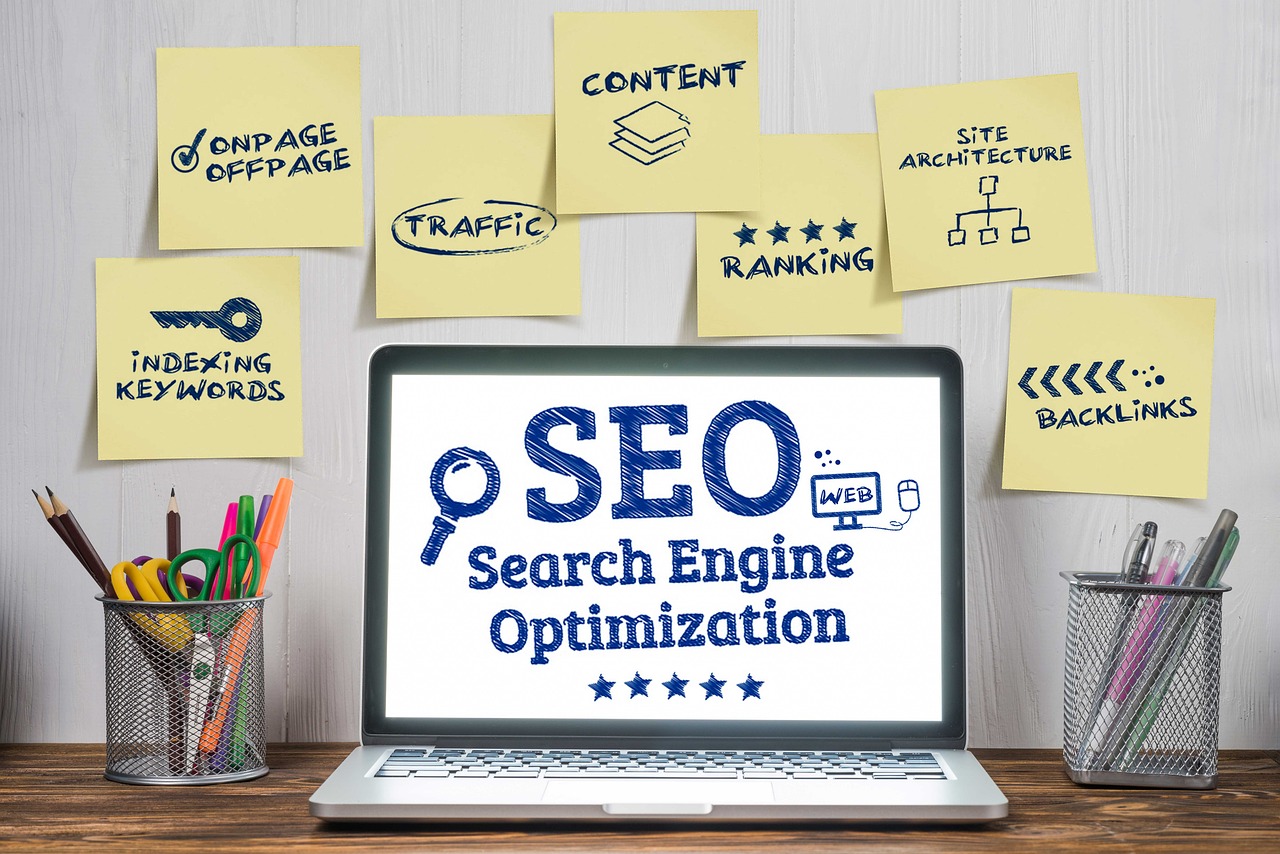In the ever-evolving world of digital marketing, mastering on-page SEO strategy is crucial for enhancing your website’s visibility and driving organic traffic. Unlike off-page SEO, which focuses on external factors like backlinks, on-page SEO deals with optimizing individual web pages to rank higher and earn more relevant traffic from search engines. This comprehensive guide will walk you through essential on-page SEO tactics that can elevate your site’s performance and ensure you stand out in search engine results.
Understanding On-Page SEO
On-page SEO refers to the practice of optimizing various elements within your website to improve its search engine rankings and user experience. This includes everything from content and meta tags to URL structures and internal linking. The goal is to make your site more attractive to search engines and more valuable to users.
Key Elements of On-Page SEO Strategy
- Title Tags The title tag is one of the most critical on-page SEO elements. It tells both search engines and users what the page is about. Your title should be clear, concise, and include your primary keyword. Aim for a length of 50-60 characters to ensure it displays well in search results. Example: If you’re optimizing for “on-page SEO strategy,” a good title could be “Effective On-Page SEO Strategy: Boost Your Website’s Visibility.”
- Meta Descriptions Meta descriptions provide a brief summary of your page content. While they don’t directly influence rankings, they play a crucial role in click-through rates. Craft compelling meta descriptions that include your target keywords and entice users to click. Example: “Discover the essential on-page SEO strategy to enhance your website’s ranking and attract more organic traffic. Learn key tactics and tips for optimal results.”
- Header Tags (H1, H2, H3, etc.) Header tags help structure your content, making it easier for search engines to understand the hierarchy and relevance of your information. The H1 tag should be used for your main title, and subsequent headers (H2, H3) should organize the content into sections. Include keywords naturally in these headers to improve relevance. Example: Use H1 for “On-Page SEO Strategy: A Complete Guide,” H2 for “Key On-Page SEO Elements,” and H3 for “Title Tags and Meta Descriptions.”
- URL Structure URLs should be short, descriptive, and include relevant keywords. Avoid using long, complex URLs with unnecessary parameters. A clean URL structure improves user experience and search engine indexing. Example: Instead of “example.com/page-id=12345,” use “example.com/on-page-seo-strategy.”
- Content Quality and Keyword Optimization High-quality, relevant content is the backbone of on-page SEO. Ensure your content is informative, engaging, and valuable to your audience. Integrate your target keywords naturally throughout the text without keyword stuffing. Use synonyms and related terms to cover a broader range of search queries. Example: In an article about on-page SEO strategy, naturally include variations like “SEO techniques,” “website optimization,” and “search engine ranking.”
- Internal Linking Internal links connect different pages within your website, helping users navigate and discover related content. They also assist search engines in understanding the structure and relevance of your site. Use descriptive anchor text and link to relevant pages to enhance user experience and SEO. Example: In a blog post about on-page SEO, link to related articles like “Off-Page SEO Tactics” or “How to Conduct Keyword Research.”
- Image Optimization Images enhance user engagement but can slow down your site if not optimized properly. Use descriptive file names and alt text that includes relevant keywords. Compress images to reduce file size and improve page load speed. Example: For an image related to on-page SEO, use a file name like “on-page-seo-strategy.jpg” and alt text such as “Diagram of on-page SEO strategy.”
- Mobile-Friendliness With the increasing use of mobile devices, ensuring your website is mobile-friendly is crucial. Google’s mobile-first indexing means that the mobile version of your site is considered the primary version. Use responsive design to ensure your site looks and functions well on all devices.
- Page Speed Page speed affects both user experience and search engine rankings. A slow-loading site can lead to higher bounce rates and lower rankings. Optimize your site’s performance by minimizing file sizes, leveraging browser caching, and using content delivery networks (CDNs). Example: Tools like Google PageSpeed Insights can help identify and address speed issues.
- User Experience (UX) A positive user experience is essential for retaining visitors and encouraging engagement. Ensure your site is easy to navigate, visually appealing, and provides clear calls to action. A well-designed user experience can lead to lower bounce rates and higher conversions.
Measuring and Monitoring Your On-Page SEO Success
Implementing an on-page SEO strategy is just the beginning. Regular monitoring and analysis are necessary to gauge the effectiveness of your efforts and make data-driven improvements. Use tools like Google Analytics and Google Search Console to track metrics such as organic traffic, bounce rates, and keyword rankings.
Final Thoughts
Mastering on-page SEO strategy is a vital step in optimizing your website for search engines and users alike. By focusing on elements like title tags, meta descriptions, header tags, URL structure, and content quality, you can significantly enhance your site’s visibility and performance. Stay updated with SEO best practices and continually refine your strategy to maintain and improve your search engine rankings.
Implement these on-page SEO tactics to give your website the competitive edge it needs and watch your online presence grow. For a more detailed approach or personalized guidance, consider consulting with an SEO expert to tailor a strategy that fits your specific needs and goals.


